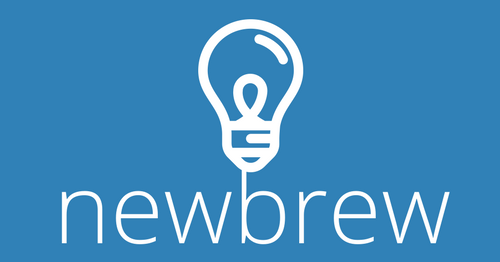For the past 30 years, I’ve been fascinated by all the new ways to automate our lives. And in the last 10 years, many of those new ways have become commonplace. Doorbell cameras, watches that send health data to our phone, remote automobile starting and tracking, facial security on our phones. Most of these ways of automation and remote management are performed with our fingers managing mobile phone apps. Some can be invoked by input via Apple’s Siri. For most of the world, we use what is presented to us with limited configuration or customization.
And then came Alexa in 2015. I bought an early Amazon Echo and enjoyed the limited set of things its Alexa voice service would allow me to do. “Alexa, what’s the weather in Alpharetta, GA tomorrow”. “Alexa, play my jazz channel on Pandora.” Cool. And then soon, hardware makers added “apps” that allowed a user to link their internet enabled switches, bulbs and audio devices to an Alexa voice app. “Alexa, turn on the foyer light.” “Alexa, turn off the stereo in the basement.”
Then came the idea. What if users could create their own Alexa apps (called skills)? What if they could create their own streamable podcast, or trivia game or link multiple skills together for complex actions? That would be great. Only most people in the USA have never seen Node.js (or C# or Python or ….) and have no idea how Amazon Web Services (AWS) works. Nor do they care. But, many people understand “if then, else” logic. Many people who aren’t very technical have used Visio to describe a workflow. It’s visual. “If a user says ‘start game’, then present them with question one which is ‘who was the first president of the united states’ and then listen for a response. If the user says ‘washington’ in any part of their response, tell them ‘thats correct’, else tell them ‘thats incorrect’. Easy. Right? Well, yes!
That gets me to the latest shutdown in what is a hot market. Eighteen months ago, Storyline was launched enabling code-free Alexa skill building with direct publishing to Amazon. One year later, last fall, the founders announced the shutdown of Storyline and replaced it with Invocable, a tool that enabled a skill builder to prototype, test and then generate code that could be the basis for a skill. It’s great to pivot when you need to. But, this left approximately 5,000 Alexa Skills as uneditable requiring their creators to recreate somewhere else.
Then on Monday, April 15, 2019, six months later and on tax day, the founders announced the shutdown of that application transitioning customers to Voiceflow. Voiceflow went through a similar transition launching first as Storyflow.
Did Amazon help cause these startups to fail? Amazon launched its “Blueprints” offering on April 1st making it drop dead easy for anyone to create many different types of skills including:
- Countdown
- Chore chart
- Q&A
- Task tracker
- Quiz
- Flashcards
- Facts
- Trivia
These templated skills may not allow for customization but they do support a wide variety of activities and make a $99 per month service unnecessary.
Does this mean voice applications aren’t valuable? Or does this mean tools to spread the building of voice applications, no matter how easy, aren’t valuable? It’s not easy to answer yes or no to either question. The million dollar investments in Invocable and Voiceflow are helping us find the right set of tools to bring the greatest amount of people to skill-building to reach the increasing demand for voice applications. And as more people use voice applications, there will be more companies wanting custom voice applications fronting their mission critical apps requiring tools more sophisticated than what Voiceflow can offer, causing even more innovation.
While Invocable failed twice as a business, it also delivered valuable technology to Voiceflow which now will innovate to find the best product for the best price.
“I have not failed. I’ve just found 10,000 ways that won’t work.” Thomas A. Edison

